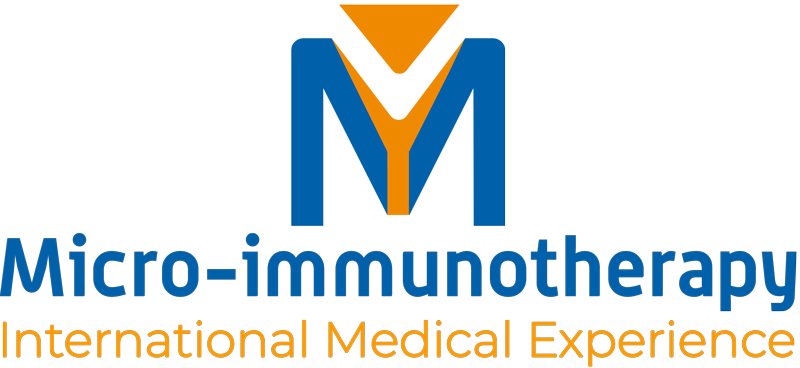(If you click on it, you will go directly to that part of the post)
What is the varicella zoster virus (VZV)?
The varicella zoster virus (VZV) is a human herpesvirus, it belongs to the same family as the herpes simplex virus, the Epstein-Barr virus (EBV) or the cytomegalovirus (CMV). These viruses stay latent in the body after primary infection, periodically reactivating if the immune system is weakened or out of balance and thus unable to control the virus. VZV manifests as chickenpox during primary infection and as herpes zoster or shingles when it reactivates.
Varicella zoster virus (VZV): primary infection and reactivation
Moderate fever, headache, mild cough and runny nose are the first symptoms of chickenpox. The typical skin lesions appear a little later: small red spots on the face and trunk, accompanied by severe itching. They spread to the whole body and become small pimples containing a clear, highly contagious liquid. After 2 days, these blisters dry up to form a scab which eventually falls off, leaving a red and white scar which will disappear in a few months.
After primary infection, the varicella-zoster virus remains in a latent state in the sensory nerve ganglia, where it is kept in check by the immune system. Shingles is caused by a reactivation of the virus. Indeed, if immune surveillance decreases, in the event of severe fatigue, infection or weakening of the immune system, the virus can reactivate years later and infect the nerve corresponding to the ganglia it used to occupy, causing skin damage limited to the area innervated by the nerve. Shingles is much less common in children and is most common in people over the age of 50.
Clustered vesicular lesions appear and follow the distribution of a dermatome, most often unilateral. The rash is accompanied by severe pain and burning. In adults, shingles can lead to post-herpetic neuralgia, and this pain may persist for weeks or months after the vesicular lesions have disappeared.
How is the immune system involved in VZV infections?
The immune system plays an important role in virus control, both during primary infection (chickenpox) as well as during the latent phase and virus reactivation (shingles).
Production of type I interferons (IFN-a and IFN-b), which have an antiviral effect, is an important mechanism of innate immunity against VZV. Natural Killer cells (NK cells) are also involved in limiting the replication of the virus.
As regards adaptive immunity, T cells are crucial in keeping VZV in check. Through cytokines (especially IL-2 and IFN-g), they communicate with each other to lyse infected cells and initiate the humoral immune response (production of VZV-specific antibodies).
However, VZV has developed various strategies to evade the immune response. For example, it can downregulate the production of interferons and impair the function of T cells by infecting them.
Hence, it is crucial to support the immune system by strengthening and rebalancing it so as to shorten the course of the disease and prevent associated diseases that may appear due to the immune stress caused by VZV.
Long COVID & Herpes Zoster
VZV reactivation in the form of shingles (herpes zoster) is among the sequelae of SARS-CoV-2 infection that have been associated with Long COVID, together with EBV reactivation. The reappearance of herpesviruses and their symptoms may be due to an opportunistic reactivation of these types of viruses, which take advantage of the immunodeficient status caused by SARS-CoV-2.
Complementary micro-immunotherapy treatment for varicella zoster infections
Micro-immunotherapy can play an important role in the prevention and treatment of viral infections such as chickenpox and shingles. It can also favourably influence the course of the disease during an infection and act against viruses such as varicella zoster virus (VZV).
Micro-immunotherapy helps to boost the immune response against VZV. It also aims to reduce the progression of the rash and infection of the sensory ganglia, and prevents the development of diseases associated with viral reactivation.
In zoster reactivations associated with Long COVID, micro-immunotherapy offers specific antiviral support to strengthen and rebalance the immune system when it is compromised by multiple stressors.
Micro-immunotherapy can be easily administered from an early age and is very well tolerated by the body. The lack of side effects of micro-immunotherapy also allows it to be used in synergy with other treatments without negatively influencing their effect.

